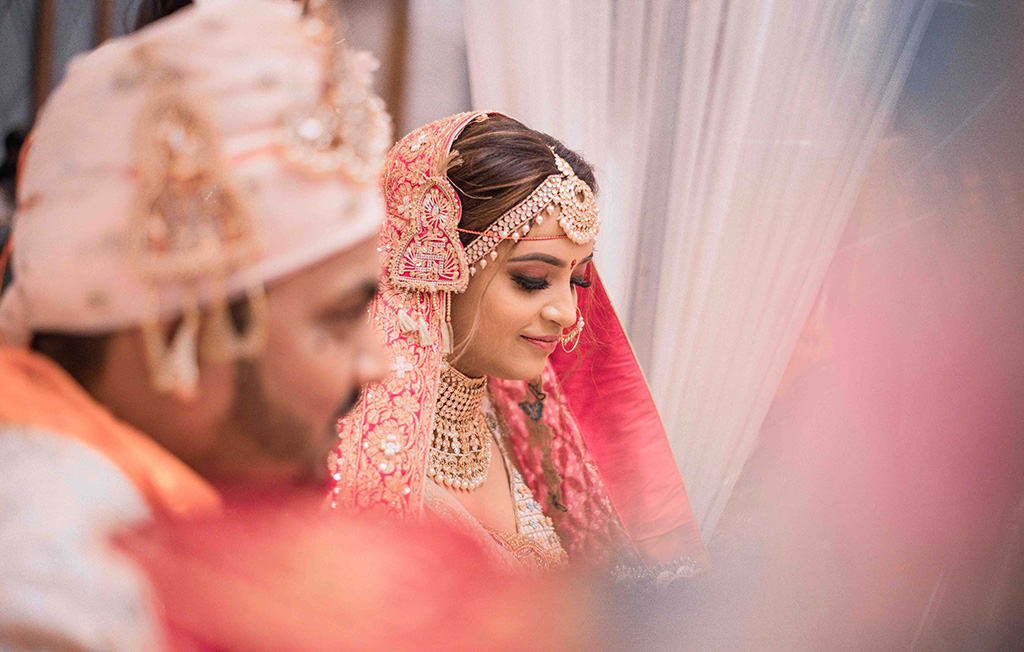A wedding photography plays a crucial role in capturing the essence of a couple’s special day. Beyond merely taking pictures, they act as storytellers, artists, coordinators, and even confidants. Their responsibilities extend from pre-wedding preparations to post-wedding deliverables, ensuring that the memories of the day are preserved for a lifetime. Below, we delve into the multifaceted role of a wedding photographer and its importance in the broader wedding experience.
1. Storyteller and Memory Keeper
The primary role of a wedding photography is to document the day in a way that tells the couple’s unique story.
- Narrative Through Images: Photographers capture the sequence of events—from pre-ceremony preparations to the last dance—creating a visual timeline that reflects the emotions, atmosphere, and highlights of the day.
- Preserving Memories: Weddings are fleeting, but photographs endure. They allow couples to revisit and relive the emotions and beauty of their wedding for years to come.
- Personalized Story: A skilled photographer tailors their approach to reflect the couple’s personality, love story, and vision, ensuring the images feel uniquely theirs.
2. Pre-Wedding Planner and Consultant
Photographers often play a significant role before the wedding day, helping couples plan for optimal photography experiences.
- Scouting Locations: Photographers visit venues and suggest spots for memorable shots, considering lighting, scenery, and composition.
- Timeline Coordination: They work with couples and planners to ensure enough time is allocated for key moments, such as the First Look, family portraits, and golden hour shots.
- Guiding Expectations: Photographers discuss styles (e.g., candid, posed, documentary) and preferences to align with the couple’s vision.
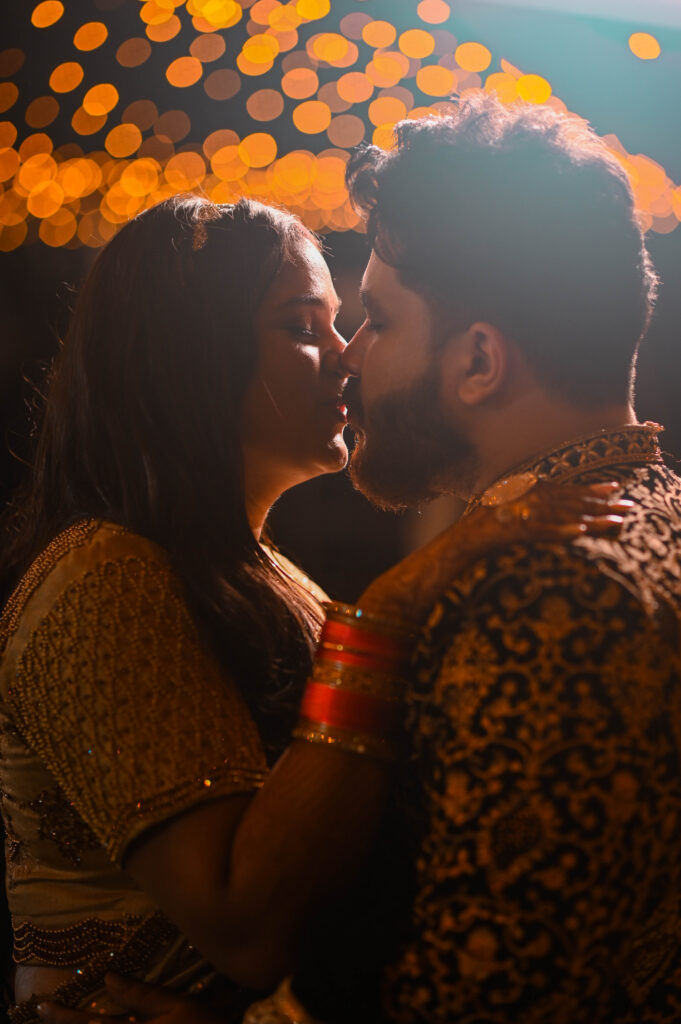
3. Director and Coordinator
During the wedding day, photographers often take on the role of directing and coordinating certain events to ensure smooth photography sessions.
- Managing Group Shots: Organizing family and group portraits can be challenging, but photographers use their communication skills to gather people efficiently and ensure everyone looks their best.
- Facilitating Moments: They set up specific shots, such as the First Look or bridal portraits, while maintaining a balance between natural interactions and guided poses.
- Timing Expertise: Photographers ensure that key moments, like the exchange of vows or the first kiss, are captured from the best angles without being intrusive.
4. Artist and Visionary
Wedding photographers bring artistic vision and creativity to their work, elevating the images beyond simple documentation.
- Mastering Composition: They use their understanding of light, angles, and framing to create visually striking and aesthetically pleasing photographs.
- Creative Experimentation: Incorporating techniques such as reflections, motion blur, or unique perspectives adds artistic flair to the wedding album.
- Storytelling Through Details: A focus on small, meaningful elements—like the bride’s jewelry, handwritten vows, or the couple’s intertwined hands—creates an emotional narrative.
5. Emotional Observer and Connector
wedding photography are attuned to the emotions of the day, ensuring they capture authentic moments of love, joy, and connection.
- Candid Captures: From a teary-eyed parent to the laughter of guests during speeches, photographers document genuine emotions that define the wedding.
- Building Trust: By establishing a rapport with the couple and their families, photographers make people feel comfortable and natural, resulting in better images.
- Discretion and Sensitivity: They maintain a low profile during intimate moments, ensuring the authenticity of the scene without disrupting it.
6. Problem Solver and Adaptor
Weddings are dynamic events, often with unexpected challenges. A photographer’s ability to adapt and solve problems on the fly is critical.
- Adapting to Weather: Whether it’s rain, harsh sunlight, or dim indoor lighting, photographers adjust their techniques and equipment to ensure quality shots.
- Managing Tight Schedules: If timelines shift, photographers work efficiently to capture essential moments without sacrificing quality.
- Handling Technical Issues: From backup cameras to extra memory cards, professional photographers come prepared to handle equipment malfunctions or other issues.
7. Post-Production Expert
The work of a wedding photography doesn’t end with the last dance. Post-production is a critical aspect of their role, transforming raw images into polished masterpieces.
- Editing and Retouching: Photographers enhance images by adjusting lighting, color balance, and sharpness, ensuring every photo looks its best.
- Curating the Story: They carefully select and organize the best images, crafting a cohesive narrative for the wedding album.
- Creating Deliverables: From digital galleries to printed albums, photographers ensure couples receive their images in the desired formats.
8. Collaborator with Vendors
wedding photography often work closely with other vendors to ensure a seamless experience for the couple.
- Coordinating with Planners: Photographers align with wedding planners to integrate their schedules and avoid conflicts during key moments.
- Working with Videographers: Collaboration with videographers ensures that both professionals can capture their shots without interference.
- Highlighting Vendor Work: Photographers often capture details such as floral arrangements, decor, and cakes, which can be used for vendor portfolios or promotional purposes.
9. Social Media and Marketing Advocate
In the age of social media, wedding photography also play a role in showcasing weddings and building their own portfolios.
- Social Media Sharing: Many photographers provide sneak peeks of the wedding shortly after the event, creating excitement for couples and guests online.
- Promoting the Couple’s Story: By sharing stunning images, photographers help couples celebrate their love story beyond the wedding day.
- Expanding Professional Reach: Highlighting their work on platforms like Instagram and Pinterest helps photographers attract future clients while showcasing their unique style.
10. Keeper of the Couple’s Legacy
Ultimately, the wedding photography role is about creating a legacy for the couple and their families.
- Timeless Heirlooms: Photographs serve as a tangible reminder of the couple’s love and commitment, passed down through generations.
- Capturing Relationships: Beyond the couple, wedding photos document the bonds between family members, friends, and loved ones.
- Emotional Connection: Revisiting wedding photos years later allows couples to relive the emotions and joy of their special day.
11. Emotional Resonance in Wedding Photography
One of the primary impacts of the First Look is its ability to capture raw, unfiltered emotions. This staged-yet-authentic moment allows wedding photography to document the couple’s true feelings in a private setting.
- Authenticity of Emotion: Unlike the traditional first meeting at the altar, where emotions might be subdued due to the presence of guests, the First Look is a private moment. This privacy encourages genuine reactions—be it tears, laughter, or a heartfelt embrace.
- Memorable Moments: The First Look provides couples with an unforgettable experience. For photographers, this is an opportunity to document a poignant narrative, creating images that evoke deep emotional connections for years to come.
- Photographic Challenges: Capturing these moments requires a blend of anticipation, timing, and technical skill. Photographers must balance their presence to document the moment without intruding, requiring expertise in candid photography.
12. Enhancing Storytelling in Wedding Albums
The First Look has reshaped the way wedding stories are told through photography. It serves as a natural prologue to the wedding ceremony and is often highlighted as a key chapter in the day’s visual narrative.
- Structured Storytelling: By incorporating a First Look session, photographers can build a more cohesive narrative arc. It often serves as a prelude to the formal portraits, ceremony, and reception photography.
- Symbolism and Significance: The First Look encapsulates themes of anticipation, love, and the transition from two individuals to a united couple. This adds a symbolic depth to the wedding album, enriching its storytelling value.
- Creative Composition: Photographers can experiment with various compositions, angles, and lighting during the First Look. From wide shots capturing the setting to close-ups highlighting the couple’s expressions, these images add variety to the wedding portfolio.
13. Logistical Advantages
The First Look offers practical benefits for wedding day planning, which, in turn, impacts the photographic process.
- Efficient Timeline: By scheduling the First Look before the ceremony, photographers can capture portraits of the couple and bridal party earlier in the day. This reduces the time pressure between the ceremony and reception, allowing for more creative flexibility.
- Improved Lighting Conditions: Early photoshoots take advantage of natural light, often resulting in better image quality. Photographers can work with soft, diffused light, which is especially advantageous for outdoor weddings.
- Stress Reduction: The First Look can help couples relax by easing pre-ceremony jitters. This calmness translates to more natural, joyful expressions, enhancing the quality of the images.
14. Artistic Innovation and Photographic Techniques
The introduction of the First Look has inspired photographers to push creative boundaries, experimenting with techniques that capture the moment’s essence.
- Unique Perspectives: The First Look allows for dynamic camera placements, such as shooting through foliage, doorways, or reflective surfaces. These perspectives create artistic and visually striking images.
- Cinematic Influence: Many photographers approach the First Look with a cinematic mindset, employing techniques like motion blur, sequential shots, or drone footage to add drama and depth.
- Personalization: The setting and setup of the First Look can be tailored to the couple’s personality and preferences. Photographers often work closely with clients to create a bespoke experience, resulting in highly individualized images.
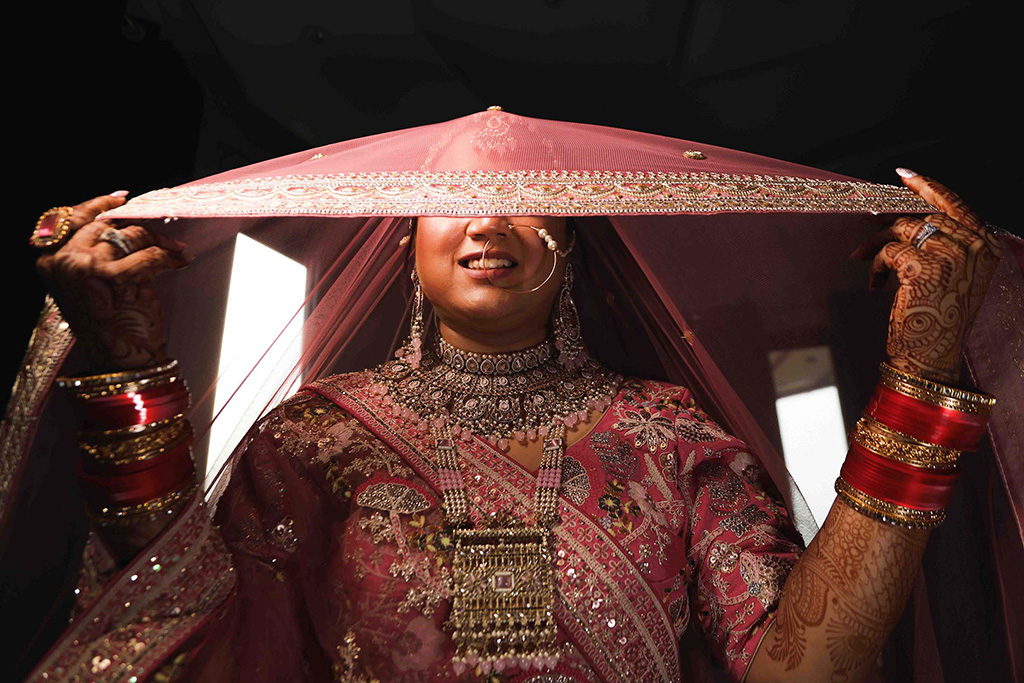
15. Cultural Shifts in Wedding Traditions
The First Look represents a departure from traditional wedding customs, reflecting broader changes in societal attitudes toward marriage and individuality.
- Breaking Tradition: Traditionally, it was considered bad luck for the bride and groom to see each other before the ceremony. The First Look challenges this notion, emphasizing personal meaning over superstition.
- Empowerment of Choice: Couples today are more inclined to personalize their weddings, opting for traditions that resonate with their values. The First Look is an example of this shift, allowing for a unique expression of their relationship.
- Modern Expectations: The popularity of the First Look aligns with modern couples’ desire for visually stunning and emotionally meaningful wedding documentation. It reflects their priorities of capturing intimate, once-in-a-lifetime moments.
16. Impact on Photographers’ Roles and Responsibilities
The rise of the First Look has influenced how photographers approach wedding coverage, requiring adjustments in their skills and workflow.
- Pre-Wedding Consultation: wedding photography must now incorporate the First Look into their planning, discussing location, timing, and expectations with the couple in advance.
- Adaptability: Each First Look is unique, depending on the couple’s dynamics and the setting. Photographers need to adapt quickly, ensuring they capture the essence of the moment regardless of unforeseen circumstances.
- Increased Importance of Collaboration: The success of a First Look session often depends on seamless coordination between the photographer, couple, and wedding planner. This requires strong communication and teamwork skills.
Conclusion
The role of a wedding photography extends far beyond clicking a shutter. They are storytellers, artists, planners, and emotional observers who play a pivotal role in preserving one of life’s most significant milestones. By combining technical expertise with creativity and empathy, wedding photographers create images that couples treasure for a lifetime. Their work not only documents a day but also captures the essence of love, connection, and celebration, ensuring those memories endure forever.




